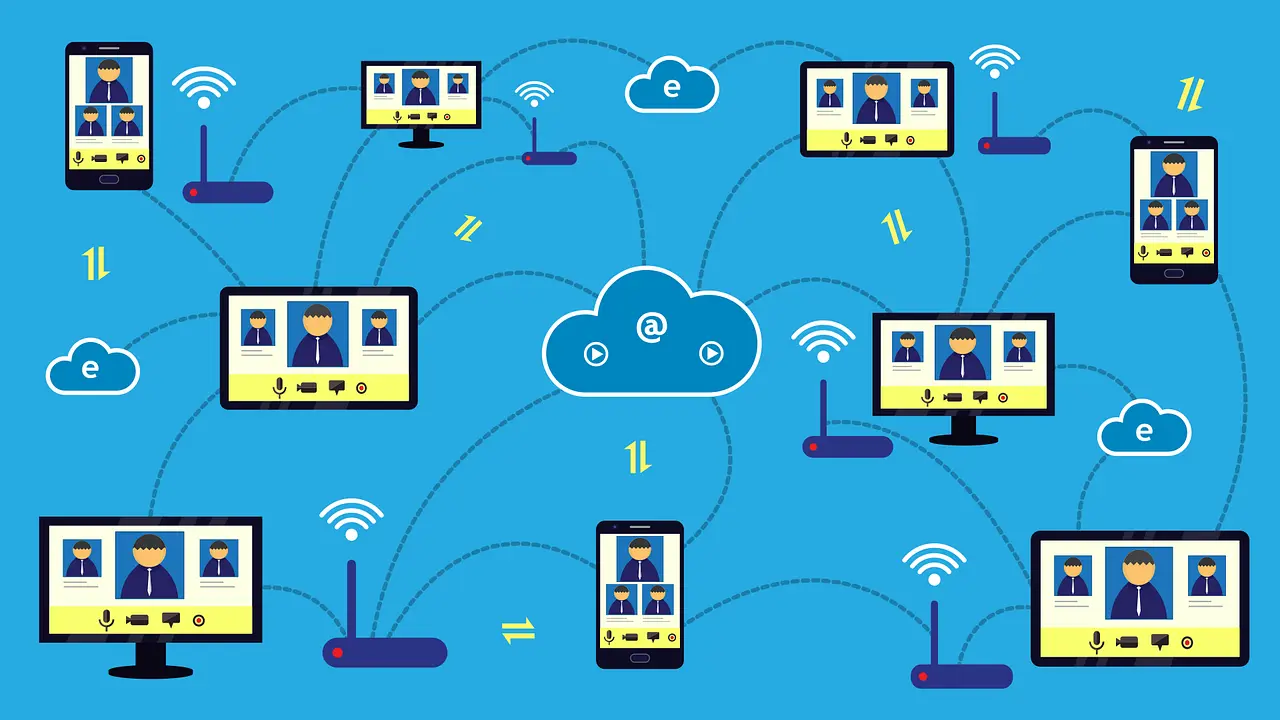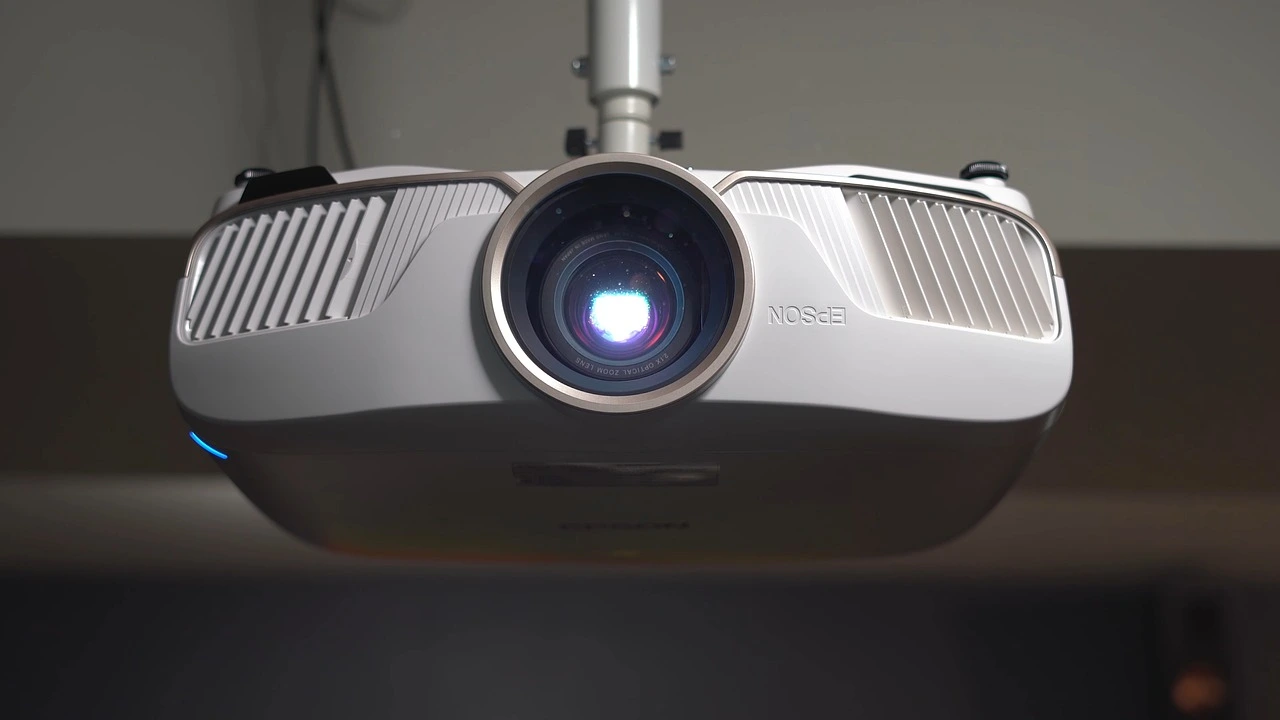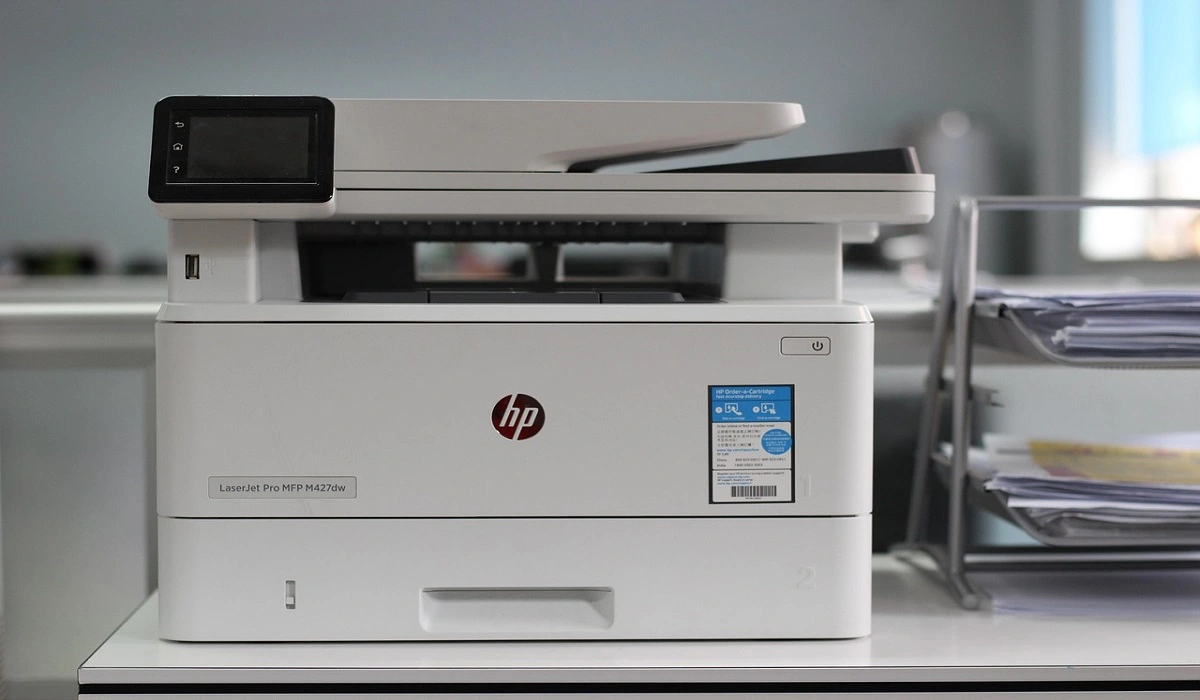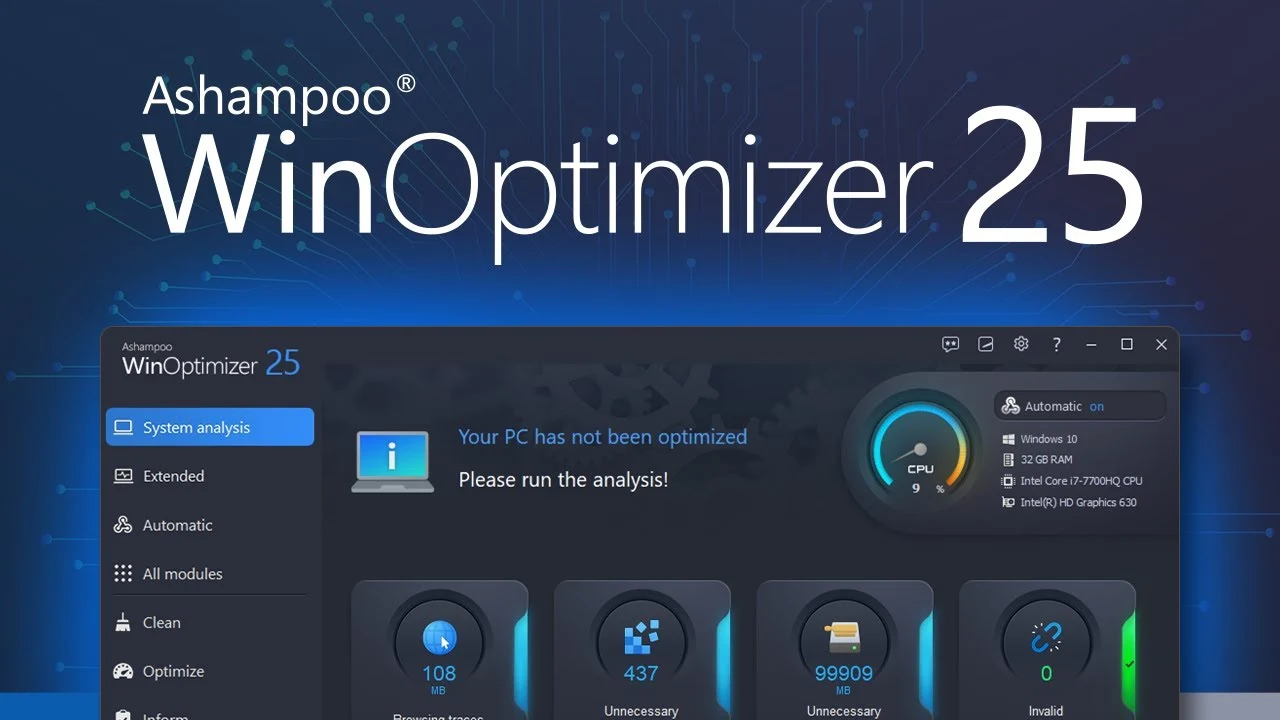How to Get Help in Windows 11: Complete Guide
Windows 11 is the latest operating system from Microsoft, offering a sleek and modern user interface. However, like any software, you may encounter issues or need assistance with certain features. Fortunately, Microsoft provides several avenues for getting help in Windows 11. Here, we will explore some methods to help you quickly resolve any problems you encounter. So, if you are wondering how to get help in Windows 11, keep reading.
Common Reasons to Get Help in Windows 11
1. Installation and Upgrade Challenges
The installation and upgrading procedure of Windows 11 is among the most frequent reasons people ask for assistance. Users may run into technical issues while switching to a new operating system that calls for professional help. Compatibility problems, hardware specifications, and software conflicts are a few examples of this. Furthermore, problems that customers can encounter throughout the installation process, including failures or system crashes, call for the assistance of technical support specialists.
2. Driver and Hardware Compatibility Issues
Hardware and driver compatibility problems with Windows 11 are another common cause of support requests. Users may discover that some hardware elements, such as network adapters, graphics cards, and printers, are incompatible with Windows 11 or not working correctly after switching to a new operating system. This may result in unpleasant encounters and the requirement for help finding and fixing compatibility problems.
3. Performance and Stability Concerns
Concerns about stability and performance in Windows 11 may also lead users to look for assistance. People may experience frequent system crashes, decreased system performance, or software issues after switching to the new operating system. These problems may have a major negative effect on productivity and user experience, leading users to look for help in identifying and resolving performance and stability issues.
4. UserInterface and Navigation Challenges
Users may also seek assistance as a result of the changes made to the Windows 11 user interface and navigation. After getting used to Windows 11’s new design and functionality, users could find it difficult to navigate the operating system, access certain settings, or comprehend new functions. As a result, it might be necessary to receive assistance and support in order to maximize the use of new features and get used to the changed user interface.
5. Software Compatibility and Application Support
Application support and software compatibility are two more reasons why people look for assistance with Windows 11. Users may experience problems like crashes, errors, or functional limits if they discover that a particular application or piece of software is not entirely compatible with the updated operating system. Under such circumstances, customers might need help finding substitutes, looking for updates for their software, or investigating compatibility settings to make sure their favorite apps run smoothly.
6. Security and Privacy Concerns
Windows 11’s emphasis on security and privacy may also encourage people to look for assistance in guaranteeing the safety of their personal information. Users may need guidance establishing security choices, comprehending privacy controls, and addressing possible vulnerabilities with new security features and settings. Technical support specialists are essential when it comes to advising users on how to secure their systems and reduce security threats.
7. Accessibility and Inclusivity Support
With Windows 11, a number of accessibility features are introduced with the goal of improving inclusivity and meeting a range of user demands. People who have particular needs or impairments can ask for assistance in adjusting accessibility settings, using assistive technology, and making the most out of the user experience. Community forums and technical support services offer invaluable direction and help to guarantee that Windows 11 is usable by all users.
Best Practices for Seeking Help in Windows 11
When seeking help in Windows 11, it is important to follow best practices to ensure a smooth and effective experience. Some of the best practices to follow when seeking help in Windows 11 are:
1. Clear and Detailed Information about the Issue
When requesting assistance with Windows 11, it is essential to give precise and comprehensive details about the problem you are experiencing. This speeds up the troubleshooting process and aids in the support staff’s understanding of the issue.
First and foremost, it’s critical to characterize the problem’s symptoms precisely. For example, if you are having a system crash, you should describe the exact moment and manner in which the problem happens, any error messages that appear, and any recent modifications or upgrades that have been done to the system. Giving support staff this much information might help them identify the source of the issue.
2. Being Patient and Cooperative with Support Personnel
It is necessary to possess both patience and cooperation while requesting assistance with Windows 11. It’s critical to understand that troubleshooting technological problems can be difficult and time-consuming and that support staff may need to take a methodical approach in order to locate and fix the issue.
Consequently, having greater tolerance and understanding when troubleshooting might lead to more fruitful communication with support personnel.
3. Taking Advantage of Available Resources
In the pursuit of seeking help in Windows 11, leveraging available resources such as user guides, tutorials, and community forums can be immensely beneficial.
User guides, often provided by the operating system manufacturer, offer comprehensive documentation on the features, functionalities, and troubleshooting procedures specific to Windows 11. These guides can serve as valuable references for understanding the operating system and resolving common issues.
How to Get Help in Windows 11
Some of the most effective methods to get help in Windows 11 are discussed below:
Method 1: Windows Help and Support
Windows 11 offers a comprehensive built-in Help and Support feature that can guide you through various troubleshooting steps. To access it, follow these steps:
Step 1: Click on the Start button located at the bottom-left corner of your screen.
Step 2: Type “Help” in the search bar and click on the “Help and Support” option from the search results.
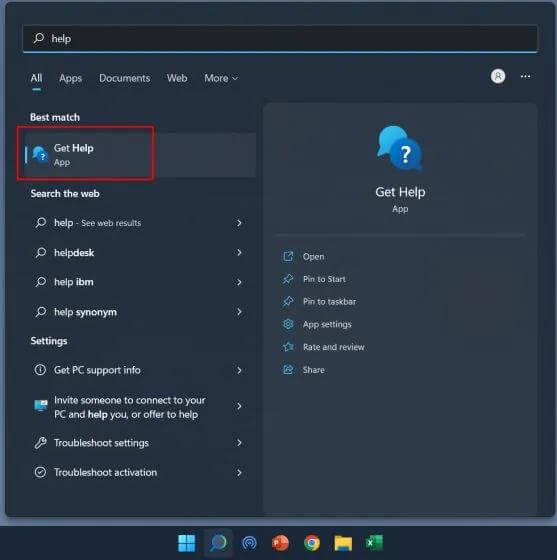
Step 3: In the Help and Support window, you can browse through various topics or search for specific keywords related to your issue.
Step 4: Click on the relevant topic to access detailed instructions and solutions.
Method 2: Microsoft Support Website
Another valuable resource for getting help with Windows 11 is the official Microsoft Support website. It provides a vast knowledge base, community forums, and virtual agents to assist you. Here’s how to get help in Windows 11 with the help of this method:
Step 1: Open your preferred web browser and visit the Microsoft Support website.
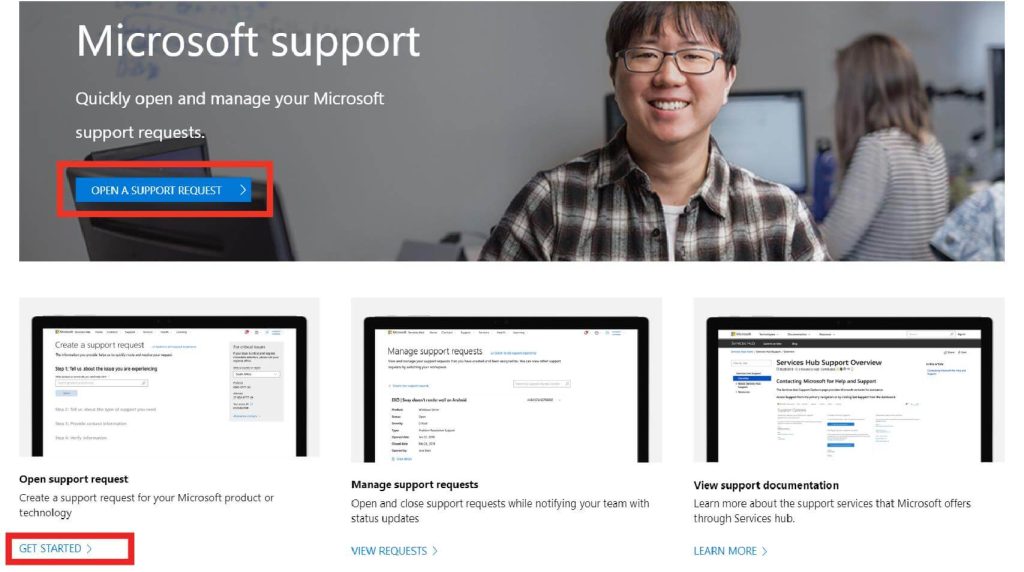
Step 2: On the homepage, you can either browse through popular topics or use the search bar to find specific solutions.
Step 3: If you can’t find a suitable solution, click on the “Contact us” button to explore further support options, such as virtual agents or community forums.
Method 3: Windows Community
Windows Community is an online platform where users can interact, seek help, and share their experiences with Windows 11. It’s an excellent resource for troubleshooting, finding solutions, and connecting with other Windows users, and is thus a great platform for those who want to find out how to get help in Windows 11. Follow these steps to access the Windows Community:
Step 1: Open your web browser and go to the Windows Community website.
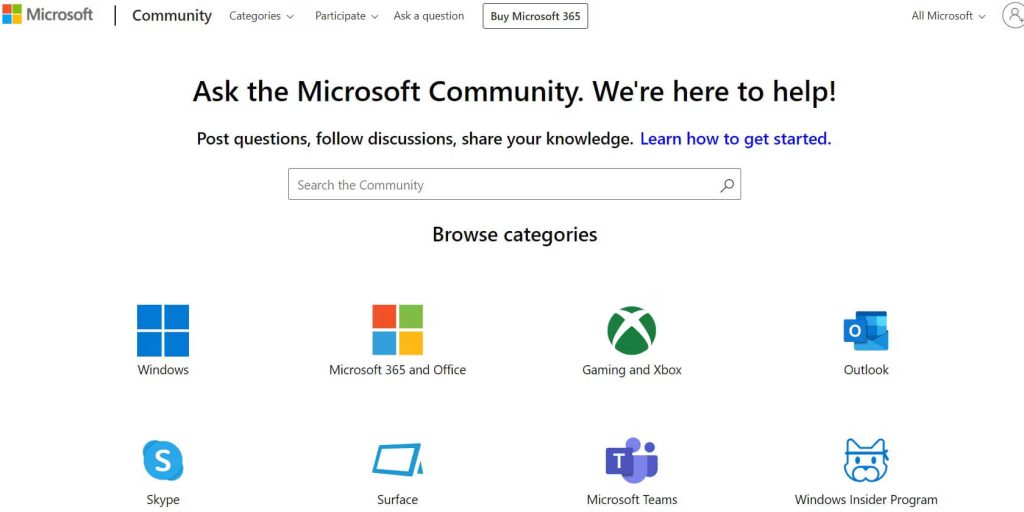
Step 2: Sign in with your Microsoft account or create a new one if you don’t have an account already.
Step 3: Browse through the various categories and topics to find answers to your queries or post your questions to seek assistance from the community.
Step 4: Engage with other users, share your knowledge, and contribute to the Windows Community.
Method 4: Get Help App
Windows 11 introduces the Get Help app, which provides personalized assistance and troubleshooting options directly from your desktop. Here’s how to access it:
Step 1: Click on the Start button and search for “Get Help” in the search bar.
Step 2: Click on the “Get Help” app from the search results.
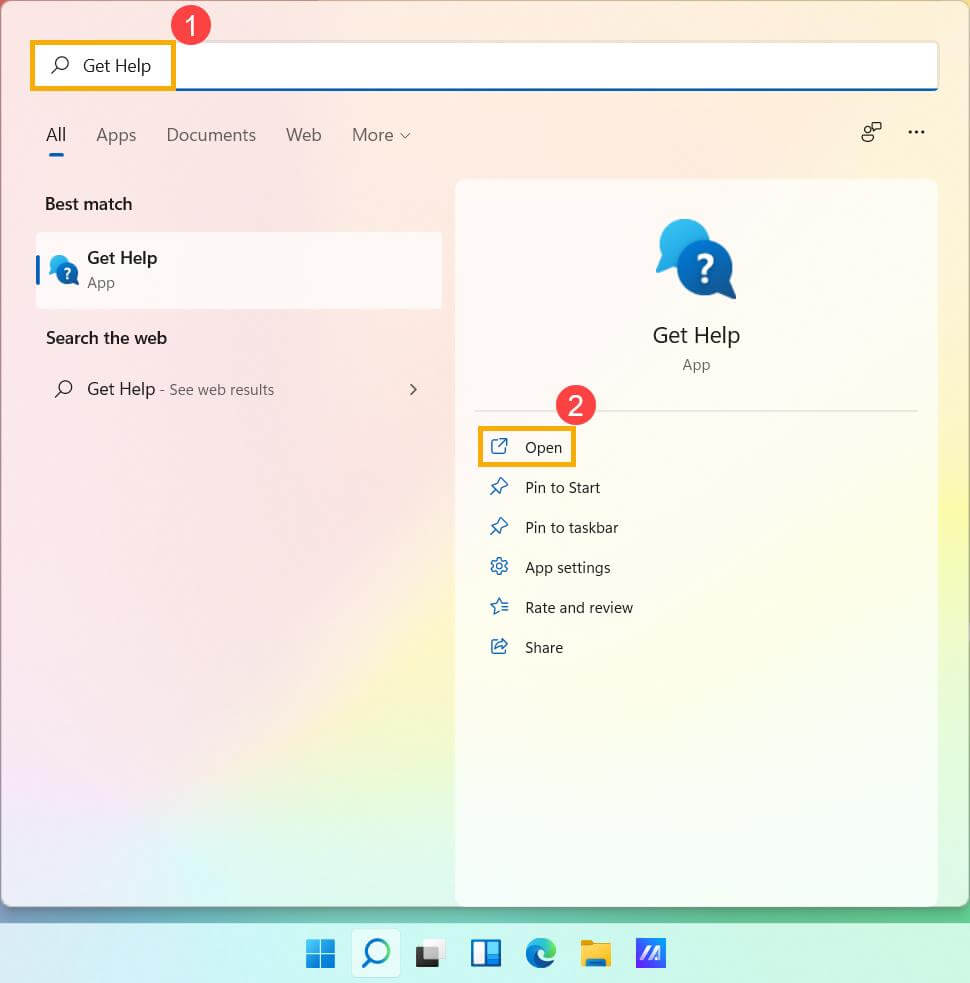
Step 3: In the Get Help app, you can either browse through the various topics or type in your specific issue in the search bar.
Step 4: The app will provide relevant articles and step-by-step instructions to help you resolve your problem.
Step 5: If you can’t find a suitable solution, you can chat with a virtual agent or schedule a call with a Microsoft support representative directly from the app.
Method 5: Windows Feedback Hub
If you encounter a bug or have a suggestion for improving Windows 11, the Windows Feedback Hub is the ideal place to provide feedback directly to Microsoft. Here’s how to access it:
Step 1: Click on the Start button and search for “Feedback Hub” in the search bar.
Step 2: Click on the “Feedback Hub” app from the search results.
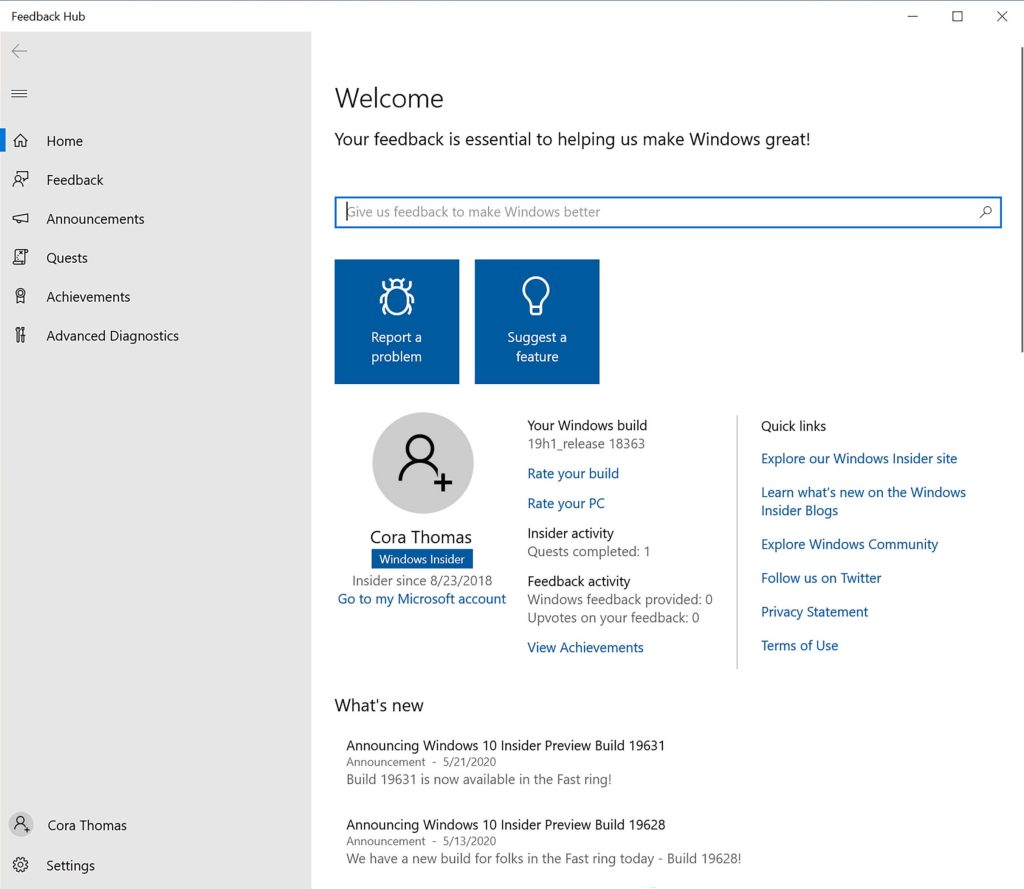
Step 3: In the Feedback Hub, you can browse through existing feedback or submit your own by clicking on the “Add new feedback” button.
Step 4: Provide a detailed description of your issue or suggestion, attach relevant screenshots, and categorize your feedback appropriately.
Step 5: Microsoft engineers and other users can review your feedback, comment on it, and upvote it if they experience the same issue.
Method 6: Contact Microsoft Support
If the above methods don’t resolve your issue, you can directly contact Microsoft Support for personalized assistance. Here’s how:
Step 1: Open your web browser and visit the Microsoft Support website.
Step 2: Click on the “Contact us” button, usually located at the top or bottom of the page.
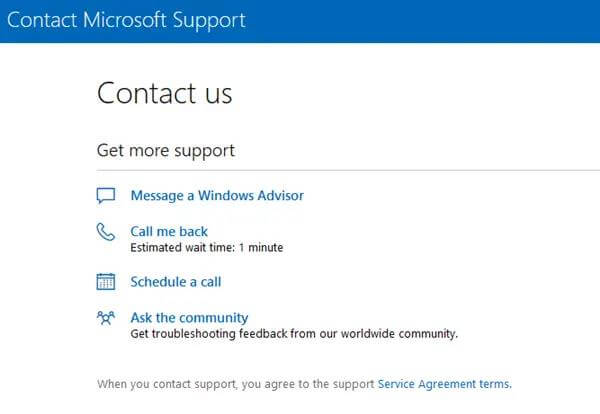
Step 3: Select the appropriate product category and subcategory related to your issue.
Step 4: Choose the contact option that suits you best, such as chat support, phone support, or email support.
Step 5: Follow the instructions provided to get in touch with a Microsoft support representative who can address your problem directly.
Conclusion
Windows 11 offers a multitude of options to get help and resolve issues efficiently. By utilizing the methods discussed here, you can overcome any challenges you may face while using Windows 11. Hopefully, you now understand how to get help in Windows 11.
FAQs
1. How can I troubleshoot common issues in Windows 11?
Troubleshooting common issues in Windows 11 can be done through the Settings menu. You can navigate to the “Update & Security” section and select the “Troubleshoot” option. This will allow you to run various troubleshooters for issues related to network, printer, audio, and other system components. Additionally, the Windows 11 Help and Support window provides detailed troubleshooting guides for specific issues.
2. Where can I find user guides and tutorials for Windows 11?
Microsoft offers a comprehensive collection of user guides and tutorials for Windows 11 on its official website. These resources cover a wide range of topics, including getting started with Windows 11, navigating the new interface, using built-in apps, and customizing settings. Additionally, third-party websites and tech forums often provide user-generated tutorials and tips for Windows 11 users.
3. How can I customize my support experience in Windows 11?
Windows 11 allows users to customize their support experience based on their preferences. You can personalize your support settings by accessing the Settings menu, selecting the “Privacy &Security” option, and then choosing the “Diagnostics &feedback” tab. From there, you can adjust your diagnostic data settings and feedback frequency to tailor your support experience.
4. Is there a dedicated support community for Windows 11 users?
Yes, Microsoft hosts an official community forum specifically for Windows 11 users. This forum serves as a platform for users to seek help, share experiences, and connect with other Windows 11 enthusiasts. It is a valuable resource for troubleshooting, learning about new features, and engaging in discussions related to Windows 11.
Popular Post
Recent Post
How To Connect to Your PC Remotely Windows [Complete Guide]
Many people need to reach their computer from far away. Well, yes! It may be for work, study, or personal use. Remote access helps you open files, use your apps, and control your system even when you are not near the device. It gives you the comfort of using your computer anywhere through the internet. […]
How To Connect to a Wi Fi Using a QR Code: Latest Guide
Wi-Fi is now a basic part of our lives. We use it at home, in offices, schools, and public places. But typing long passwords every time you connect can be annoying. Sometimes you might even forget your Wi-Fi password. That is where QR codes come in handy. With QR codes, you can connect to any […]
How To Connect a Wireless Printer Easily to Windows 11/10 PC
Printing tasks are part of most home and office work today. Isn’t it? Well, yes! Using a wireless printer makes printing easier and faster because you don’t need cables. It allows you to print documents and images from any corner of your room as long as your device and printer are connected to the same […]
How To Connect Your Windows 11 PC to a Projector or Another PC
A bigger screen can help you share your work with others. When you connect your Windows 11 PC to a projector, your screen becomes easier to view in a meeting room, classroom, or home. You can show slides, videos, notes, or entertainment. Most people do this for work or study, but it is also helpful […]
How To Set Up Dual Monitors Easily Windows 11/10: Complete Guide
Working with one screen can feel limiting. You switch between apps constantly. Your workflow slows down. A dual monitor setup changes everything. It gives you more space to work. You can see multiple things at once. This guide shows you how to set up dual monitors easily on Windows systems support. Windows 11 and Windows […]
How to Set Your Preferred Default Printer On Windows 11/10: Complete Guide
Printing documents should be simple. But many users struggle with their printer settings. Windows often picks the wrong printer as the default. This creates delays and wastes paper. Setting up your preferred printer as the default saves time. It prevents printing errors. This guide shows you how to set your preferred default printer Windows systems […]
Ashampoo WinOptimizer Review: Can It Really Speed Up Your PC?
Is your computer running slowly? Do programs take forever to load? You’re not alone. Millions of PC users face this problem daily. Ashampoo WinOptimizer claims it can fix these issues. This software promises to clean junk files, boost speed, and make your computer run like new. But does it really work? Or is it just […]
Screen Mirroring | Screen Cast Phone to Laptop Windows 11
screencast phone to laptopScreen mirroring is a great way to show your phone’s screen on a laptop. Right? Whatever you see on your phone, videos, games, apps, it shows up on the bigger screen too. It’s great for watching with friends, sharing ideas, or just getting a better view. Lots of people think it’s hard […]
Avast Cleanup PC Cleaner and Optimizer: Everything You Need to Know
Your computer gets slower over time. This is normal but frustrating. Files pile up. Programs start automatically. Your PC takes forever to boot up. You need a solution that works. Something simple but effective. Avast Cleanup promises to fix these issues. But does it really work? This guide covers everything about Avast Cleanup. You’ll learn […]
How to Recover Permanently Deleted Files in Windows 10/8/7
Losing important files can feel like a disaster. Well, yes! Maybe you deleted something by accident. Maybe you emptied the Recycle Bin a little too quickly. Suddenly, that crucial document or cherished photo seems lost forever. But take a deep breath. Windows 10 (and even 8 or 7) offers powerful ways to recover permanently deleted […]















